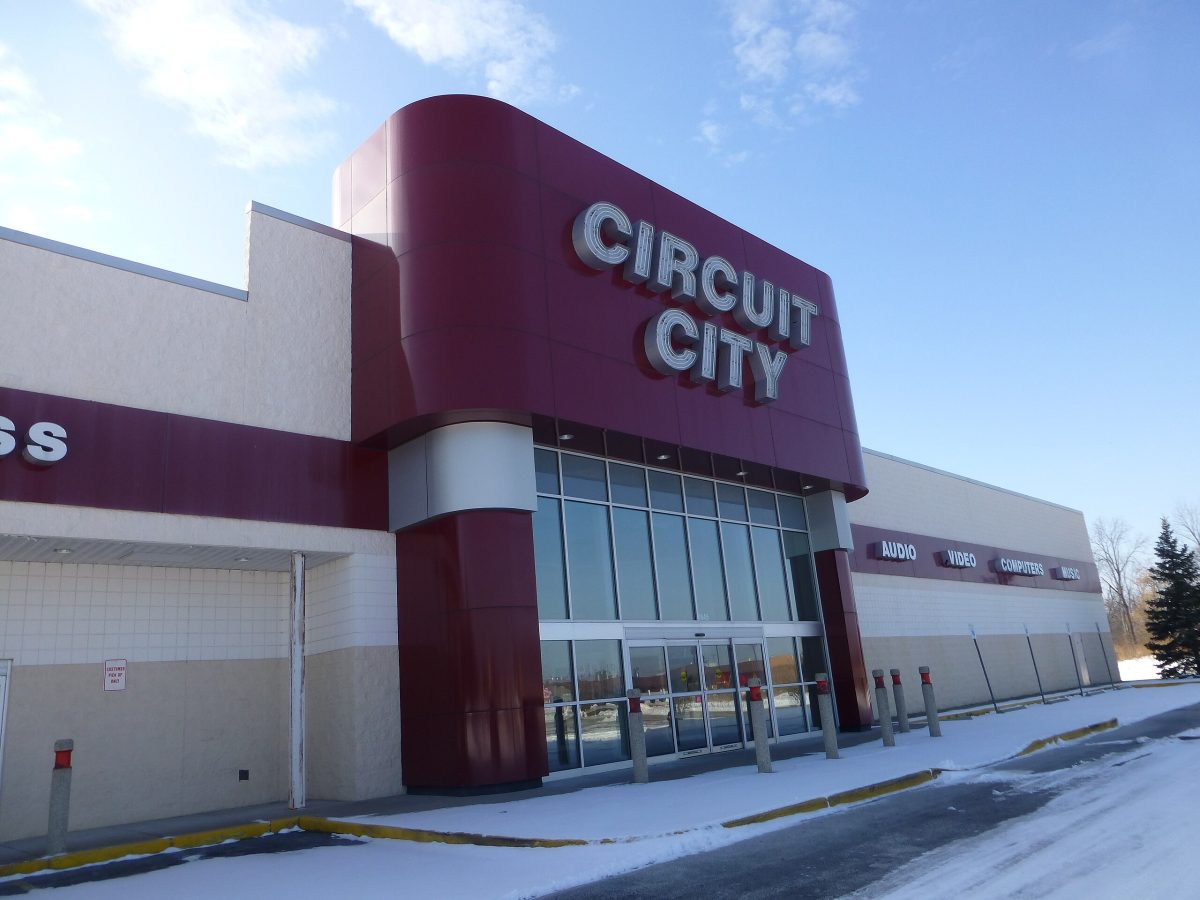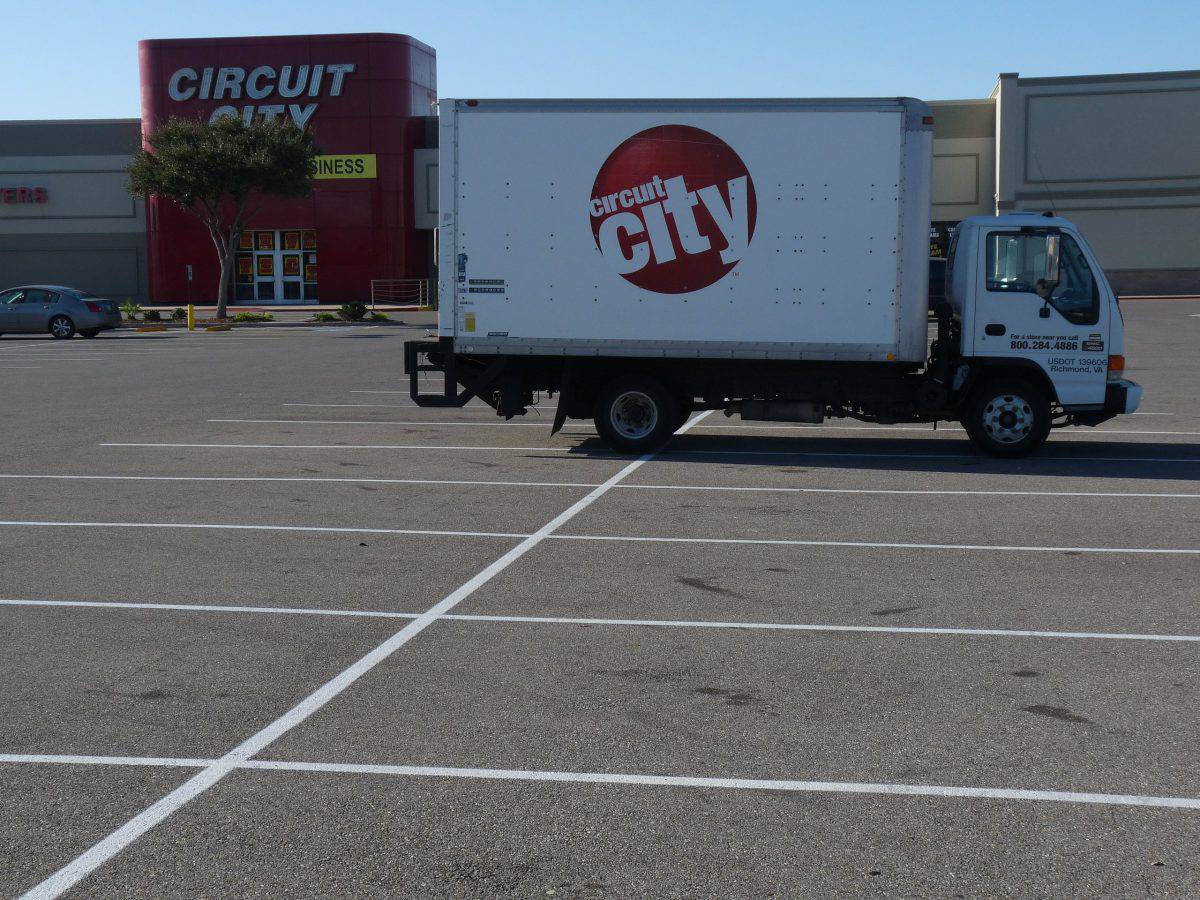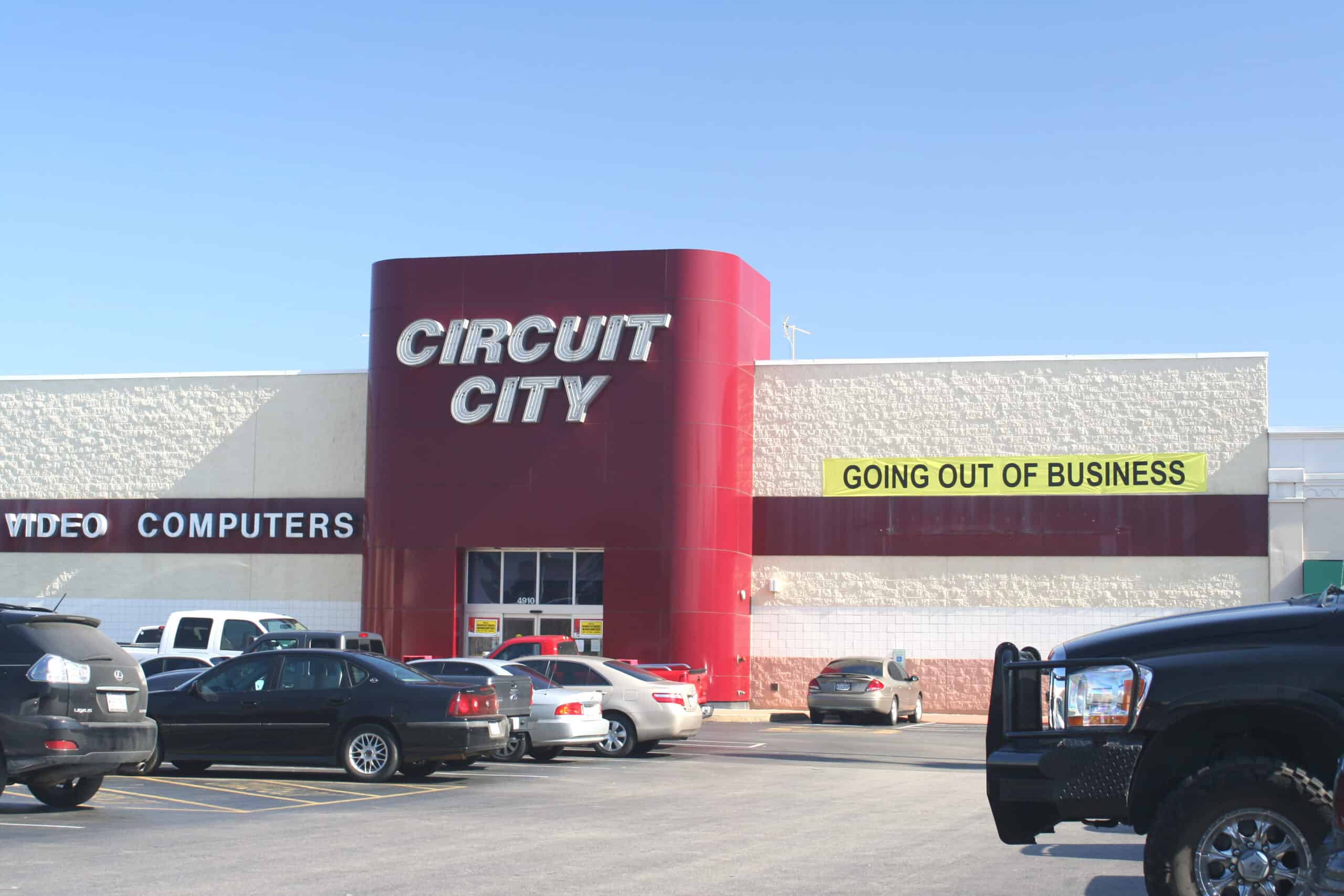When you reflect on the 1980s onward, two names in the electronics physical retail space will most likely come to mind. Originally founded in 1949 by Samuel Wurtzel, Circuit City is undoubtedly one of these names that dominated the latter half of the 20th century.
There is no question that the Circuit Brand was an electronics powerhouse, at least for a while. At the very least, the company was successful enough that it went public in 1984 on the New York Stock Exchange.
Unfortunately, Circuit City’s vision for the future of electronics retailers was not meant to be. Instead, it surrendered its dominant position to brands like Best Buy and Walmart through bad business decisions and poor leadership.
The Incredible 1980s and 1990s

Ask any analyst who tracked the electronics retail space from the 1980s to 1990s, and they will give Circuit City plenty of praise. There is no shortage of commentary on whether the brand made several poor business decisions. Had these decisions been different, it might have been Circuit City and not Best Buy, which now dominates the retail landscape.
In 1988, with the introduction of its superstore formats, Circuit City locations were tens of thousands of square feet full of DVDs, appliances, televisions, video games, and movies. Surprisingly, Circuit City saw so much success during this era that it even had an opportunity to purchase Best Buy for $30 million. Something of an upstart at the time, Circuit City’s CEO decided that instead of buying its growing rival, it could move into Best Buy territories and beat it on price and customer service.
Customer Service Excellence
This was the era when Circuit City was well known for having some of the best customer service experiences in the space. Its slogan was “Welcome to Circuit City, Where Service Is State of the Art,” and the company lived up to its motto.
Cracks Begin to Show

Unfortunately, as the business saw increasing success, Circuit City’s growth came at the expense of store maintenance. By the turn of the 21st century, its store locations appeared out of date and were located in areas no longer ideal for an electronics superstore.
Abandoning Appliances
One of the company’s most challenging decisions was in 2000 when it abandoned its showroom format and adopted a different business model. As a result, the appliance business was eliminated to make way for more video games, computers, and smaller electronics.
Looking back on the brand’s failings, this was one of the pivotal moments that, had Circuit City gone another way, this article would have never needed to be written. Considering that in 1999, the brand made $1.6 billion in revenue from its large appliance business, dropping this business completely was, in a word, crazy.
Poor Inventory Control
Another important reason for Circuit City’s failure was that it didn’t seem to have the right people running its inventory management. Customers would constantly come in looking for something, only to learn that the company didn’t have something in stock quickly. Of course, a trip down the road to Best Buy yielded plenty of stock, so once-loyal customers to CC would start shopping at Best Buy.
Reacting to the Market
The death note for Circuit City is undoubtedly how reactive it was to market changes instead of trying to be innovative. Whereas Best Buy was willing to try new things to attract customers to its stores, Circuit City was the exact opposite. The company seemed more focused on its relationship with CarMax than on updating its stores and opening up locations in areas that better appealed to a new customer base.
Employee Firings
Due to poor sales, the company stopped paying commissions to its top salespeople and then, in 2007, fired 3,400 of them. This group helped Circuit City develop its reputation as a customer service leader, and the company’s executive team dropped this same group without a care in the world. Many of these employees ended up working in Best Buy stores, which further solidified its position as the market leader.
Lack of Vision
The ultimate failure lies at the feet of Circuit City’s executive management. As soon as the 21st century switched over, it was as if something had happened with the company’s executive team and not for the better. There was a lack of focus, as shown by the emphasis on investing in CarMax instead of updating its stores and laying out a vision for the future. Suffice to say, not having a vision for the future meant there was no future at all.
Want to Retire Early? Start Here (Sponsor)
Want retirement to come a few years earlier than you’d planned? Or are you ready to retire now, but want an extra set of eyes on your finances?
Now you can speak with up to 3 financial experts in your area for FREE. By simply clicking here you can begin to match with financial professionals who can help you build your plan to retire early. And the best part? The first conversation with them is free.
Click here to match with up to 3 financial pros who would be excited to help you make financial decisions.
The image featured at the top of this post is ©LMPark Photos/Shutterstock.com.
